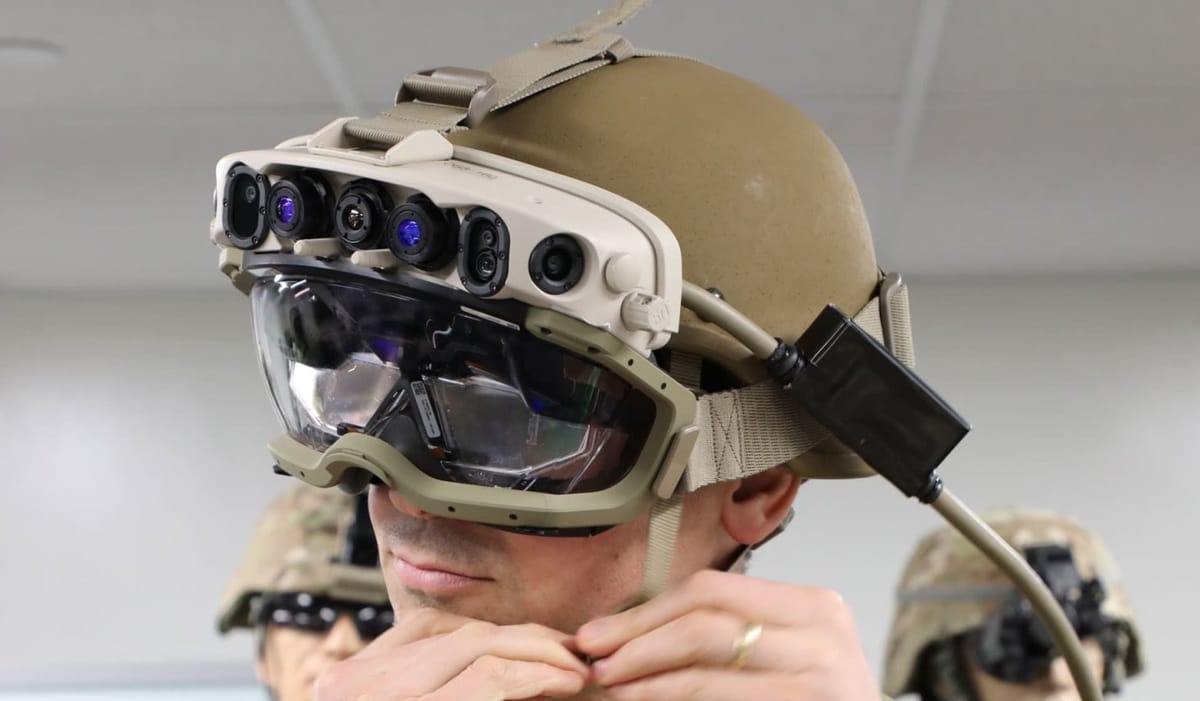The U.S. army doesn't think VR is ready, either

Being mostly bearish on VR, I'm still monitoring a few reasonably useful applications. Among them, there is the U.S. army Integrated Visual Augmentation Systems (IVAS) initiative, promising to equip the "soldier of the future" with enhanced capabilities such as:
- Allowing soldiers in the back of fighting vehicles to have the same view as the driver or gunner.
- Seeing through an armored vehicle before exiting it in a hostile zone.
- Facial recognition software and translation when dealing with foreign citizens.
- Full mapping and coordination in a combat zone with team synchronization and objective mapping.
- Etc.
Among the different prototypes they're trying, the U.S. army has been trying 5,000 units of modified Microsoft HoloLens 2 for some time. Microsoft was now expecting a $400 million contract to follow through on. The end game is a $21.9 billion contract for 121,000 goggles, spare parts, and their software platform.
Alas...
Microsoft Corp. won’t be getting more orders for its combat goggles anytime soon after Congress rejected the US Army’s request for $400 million to buy as many as 6,900 of them this fiscal year. - Bloomberg, Jan 12, 2023
The main reason? "Physiological impacts identified during testing," which you can translate as "Soldiers got sick using the damn thing."
More than 80% of those who experienced discomfort had symptoms after less than three hours using the customized version of Microsoft’s HoloLens goggles. - Nickolas Guertin, U.S. Department of Defense.
I do not doubt that the goggles' display will have enough resolution and low latency within a few years to circumvent current issues. But for now, if the best version of HoloLens is not ready for the army, it's not ready for the office or the classroom either...




